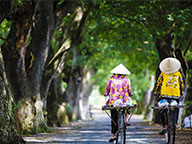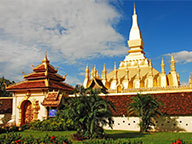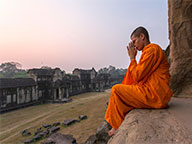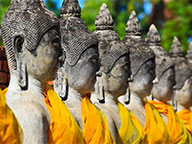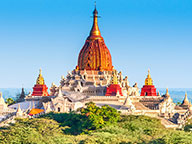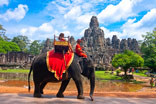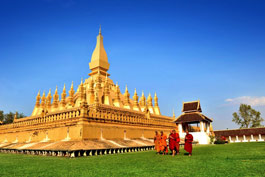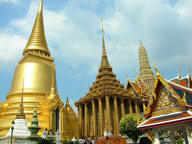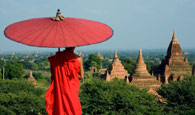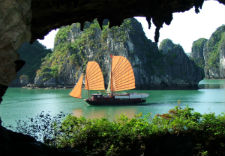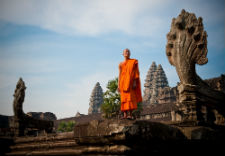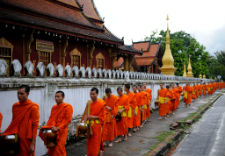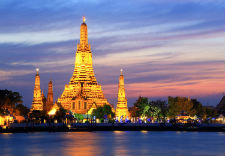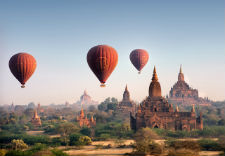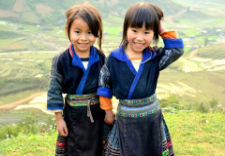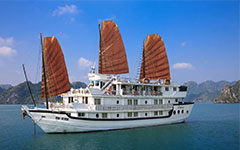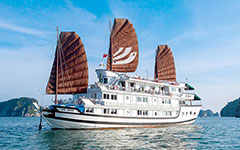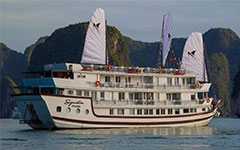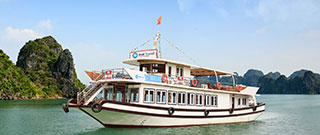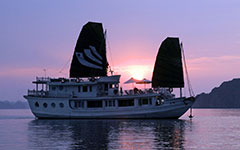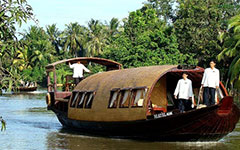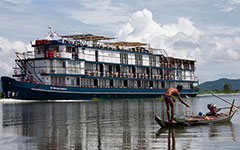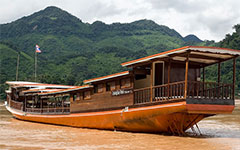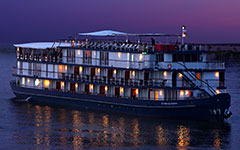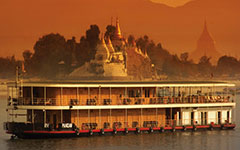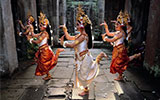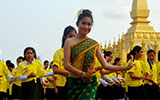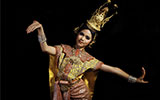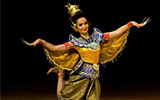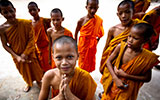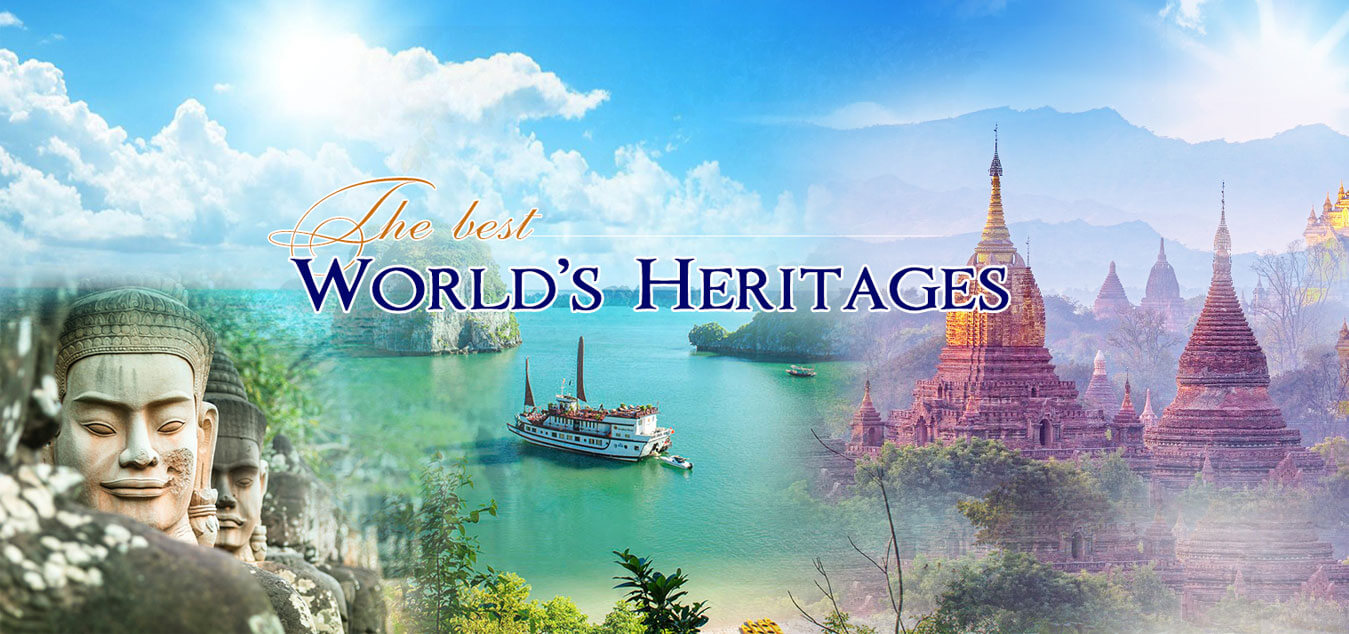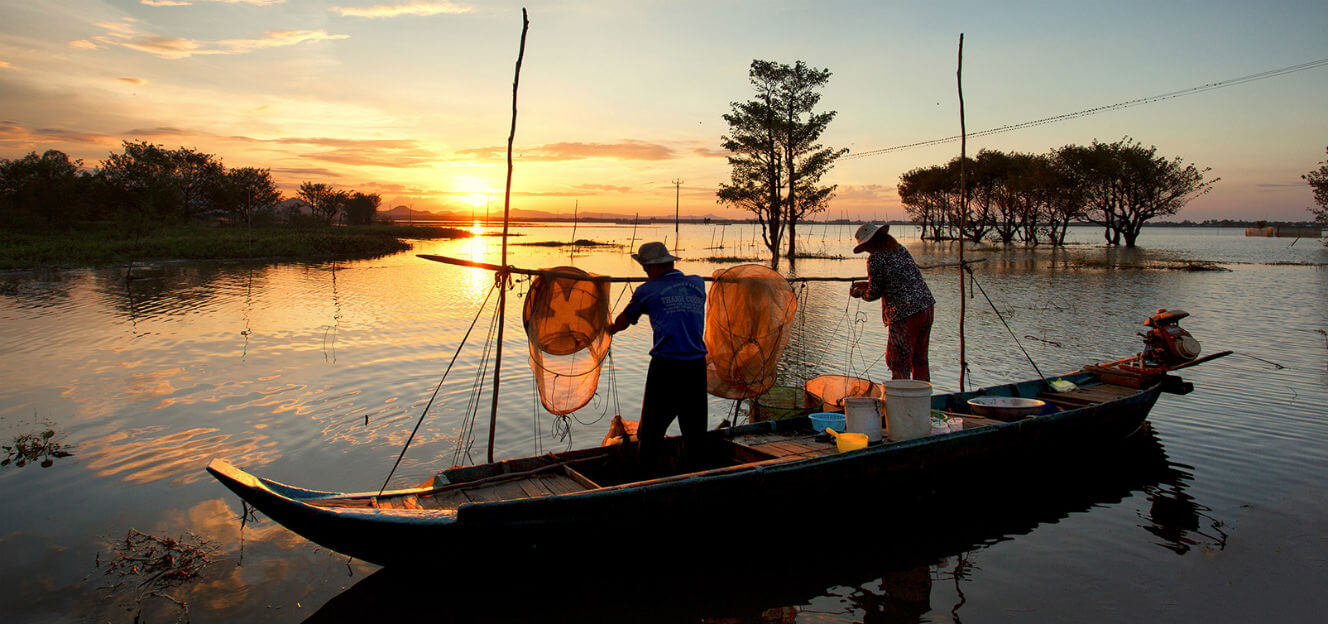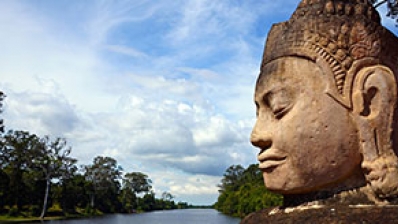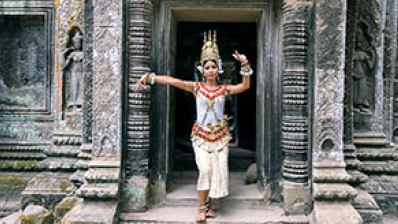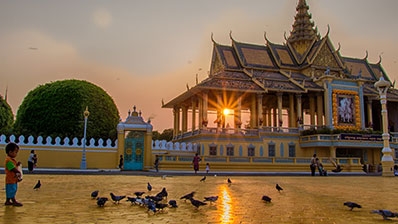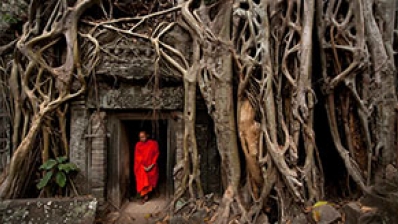Founded in 1434, the city is noted for its beautiful and historical architecture and attractions. There are a number of surviving French colonial buildings scattered along the grand boulevards.
Phnom Penh formerly known as Chaktomuk is the capital and most populous city of Cambodia. Located on the banks of the Tonlé Sap and Mekong River, Phnom Penh has been the national capital since French colonization of Cambodia, and has grown to become the nation's center of economic and industrial activities, as well as the center of security, politics, cultural heritage, and diplomacy of Cambodia.
Once known as the "Pearl of Asia," it was considered one of the loveliest French-built cities in Indochina in the 1920s. Phnom Penh, along with Siem Reap and Sihanoukville, are significant global and domestic tourist destinations for Cambodia
Situated on the banks of the Tonlé Sap, Mekong and Bassac rivers, the Phnom Penh metropolitan area is home to about 2 million of Cambodia's population of over 14.8 million
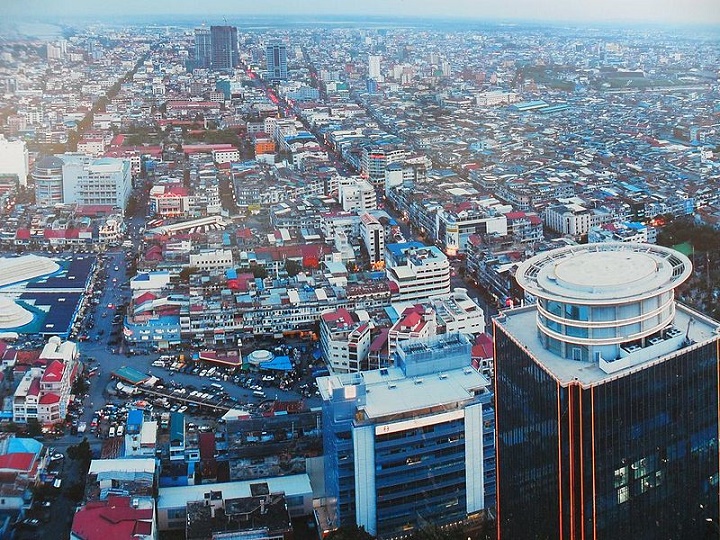
Etymology
Phnom Penh (literally, "Penh's Hill") takes its name from the present Wat Phnom ("Hill Temple"). Legend has it that in 1372, a wealthy widow named Lady Penh found a Koki tree floating down the Tonle Sap river after a storm.Inside the tree were four bronze Buddha statues and a stone statue of Vishnu. Daun Penh ordered villagers to raise the height of the hill northeast of her house and used the Koki wood to build a temple on the hill to house the four Buddha statues, and a shrine for the Vishnu image slightly lower down. The temple became known as Wat Phnom Daun Penh, which is now known as Wat Phnom, a small hill 27 metres (89 ft) in height.
Climate
Phnom Penh has a tropical wet and dry climate . The climate is hot year-round with only minor variations. Temperatures typically range from 22 to 35 °C (72 to 95 °F) and weather is subject to the tropical monsoons. The southwest monsoon blows inland bringing moisture-laden winds from the Gulf of Thailand and Indian Ocean from May to October. The northeast monsoon ushers in the dry season, which lasts from November to March. The city experiences the heaviest precipitation from September to October with the driest period in January and February.
The Royal Palace: is a complex of buildings which serves as the royal residence of the king of Cambodia,The Kings of Cambodia have occupied it since it was built in 1860s, with a period of absence when the country came into turmoil during and after the reign of the Khmer Rouge.

The Royal Palace today:
The Royal Palace has had some major modifications to its buildings over time; nearly all of the King Norodom era buildings have been demolished completely. The King's living area (closed to public) has also undergone big changes. In the 1960s at Queen Kossamak's command the Silver Pagoda was rebuilt due to the original aging structure being too weak to stand.
The palace has always been a popular tourist attraction in Phnom Penh. Visitors are able to wander around the Silver Pagoda compound and the central compound containing the Throne Hall and Chan Chhaya Pavilion. The King's living area, which actually takes up half of the total palace ground area, including Khemarin Palace, Villa Kantha Bopha, Serey Mongkol Pavilion, royal gardens, and a number of other buildings and pavilions, is closed to the public.
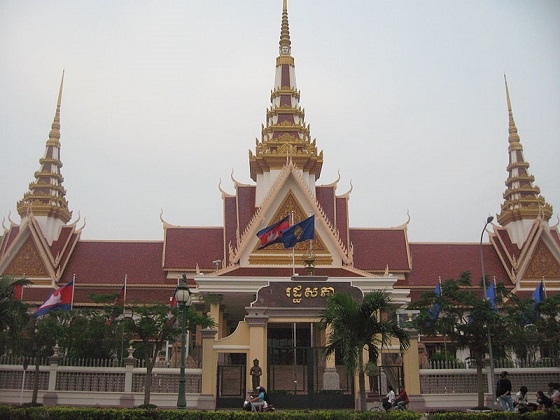
National Assembly of Cambodia

Silver Pagoda and Royal Palace
